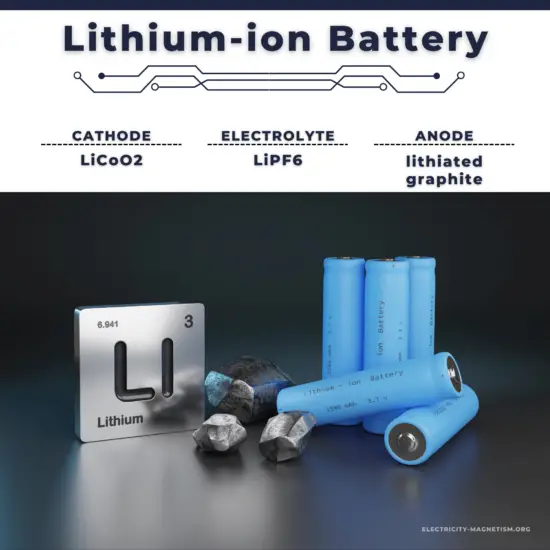Explore the six most common electrical conductors, including Copper, Aluminum, Gold, Silver, Iron, and Nickel, and their various applications.
The Six Most Common Electrical Conductors
Electrical conductors are materials that allow electric current to flow through them easily. They are pivotal in the transmission of electric power and are indispensable in our daily lives. The following are six of the most common electrical conductors:
Copper
Widely acclaimed for its excellent conductivity, Copper is the most common electrical conductor in use. Its high ductility and malleability make it a favored choice for a vast range of electrical applications, from electrical wiring in buildings to components in electrical devices.
Aluminum
Though not as conductive as copper, Aluminum’s lightweight nature and affordability make it a prevalent choice for power transmission lines. It is resistant to corrosion, further enhancing its usefulness in outdoor settings.
Gold
Renowned for its superior corrosion resistance and excellent conductivity, Gold is often used in high-quality electronic devices such as computer motherboards and connectors. Its prohibitive cost, however, limits its usage to small-scale, high-value applications.
Silver
Despite being the best conductor of electricity, Silver’s high cost restricts its use in common electrical applications. Instead, it is usually reserved for specialized equipment like satellites or circuit boards in certain high-frequency devices.
Iron
Iron is less conductive compared to copper or aluminum, but its strength and durability make it suitable for certain applications, such as overhead power lines. It’s also used in transformers due to its magnetic properties.
Nickel
Nickel boasts moderate conductivity and exceptional resistance to heat and oxidation. This makes it a popular choice in industries that require stable performance under high-temperature conditions, such as the aerospace and automotive industries.
In conclusion, the choice of electrical conductor is context-dependent, hinging upon factors like conductivity, cost, durability, and the specific application at hand. As technology evolves, new materials with enhanced properties may also emerge, further expanding this list.



